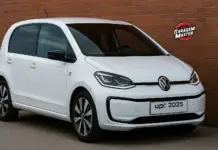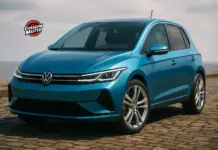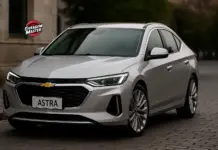If you are a true car enthusiast, you must have heard about the numerous attempts by Volkswagen in modernizing the beetle without losing its classic essence. One of these ideas was to equip it with a water cooled engine, something that could have completely changed the model's history. But, as you well know, this idea never got off the ground – or rather, it never got off the ground – as a prototype kept in the brand's museum. Let's explore this story and understand why the Beetle remained faithful to its engine aircooled until the end of its production.
A Visit to the Past
In 2017, during a trip to Wolfsburg, in Germany, a journalist had the opportunity to visit a little-known place: the Volkswagen AutoMuseum Foundation. Different from the modern and imposing TimeHaus, which houses brilliant and restored examples, this museum in Dieselstrasse 35 It is a modest space, but full of prototypes and rare models.
It was there that a White Beetle, apparently common, caught attention. However, when observing details such as extra vents on the rear hood it is a protrusion on the plate support, it was clear that there was something different about that car. When lifting the protective cover and opening the engine compartment, the surprise came: instead of the traditional air cooled boxer, there was an engine EA111 - one water-cooled in-line four-cylinder, similar to the one that equipped the Brazilian Kombi post-2005, the Fox and the Gol family.
Volkswagen and the Transition to Water

In the 1960s, the Volkswagen had us air cooled engines one of its biggest selling points. After all, as the famous advertisement said: “Air does not boil”. However, with the purchase of the Auto Union and the incorporation of technologies Audi, the brand began to invest in water-cooled engines.
Over time, the advantages of air engines were decreasing. The arrival of sealed radiators, electric fans, thermostatic valves It is more efficient coolants became the engines more reliable, efficient and less polluting water-cooled systems. In addition, they were quieter, which helped to comply with new emissions and noise legislation.
With that, the VW began to gradually replace the engines the air in their new models. The Golf I (1974) and Polo I (1975), which were announced as successors to the Beetle, already had engines of four-cylinder in-line water-cooled.
In the case of T3 Kombi, which was never manufactured in Brazil, Volkswagen adopted a water cooled boxer, called Waterboxer. But in the Beetle, adaptation attempts never went beyond studies.
The Beetle with a Polo Engine
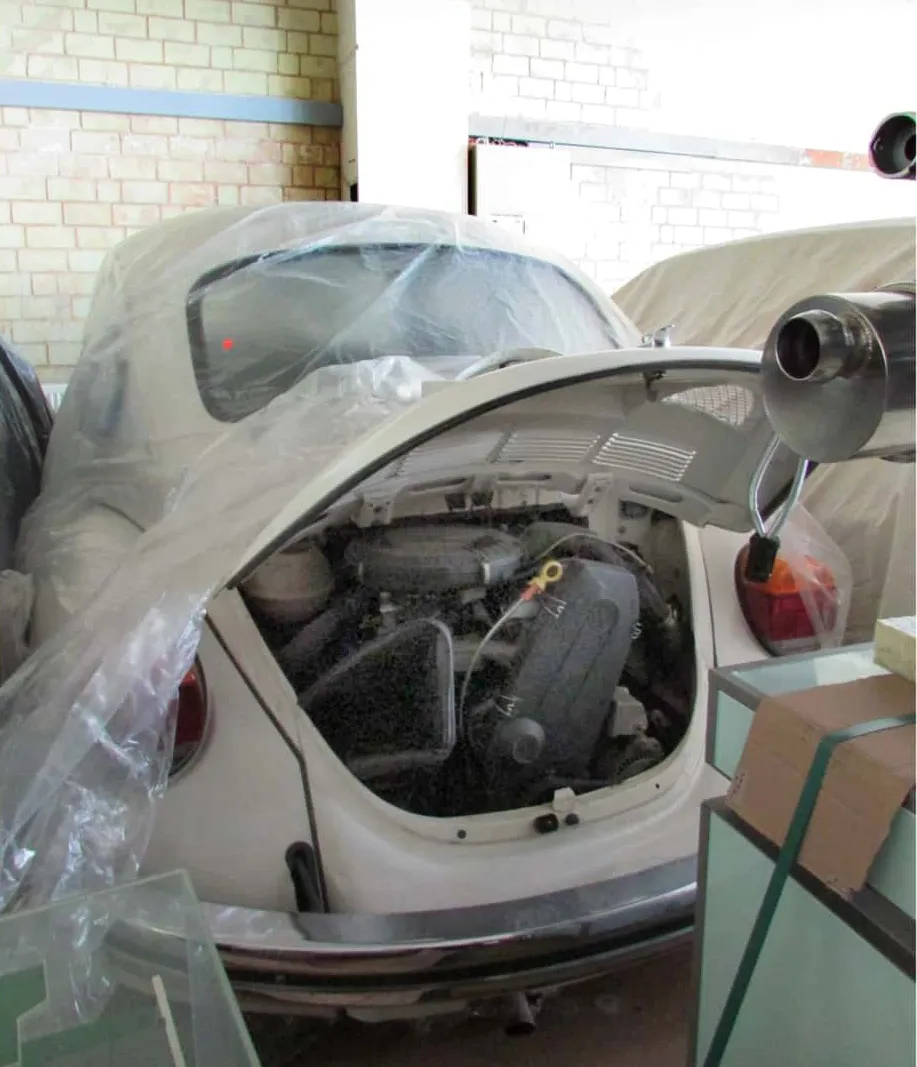
Among the options considered, one of the most daring was precisely the use of Polo EA111 engine. This engine was installed in a Beetle made in Mexico and tested by engineering Volkswagen in the early years 1980.
According to information from Volkswagen AutoMuseum, this prototype used the EA111 1,043 cm³ 45 hp, which also equipped the European Pole II. Despite its low power, the Beetle was able to reach around 130 km/h, a reasonable performance for the time.
Adapting the engine was not simple. As the EA111 was mounted upright, it was necessary to modify the rear license plate support and create a ledge in the hood to accommodate the mechanics. In addition, new openings were made on the rear cover to aid in cooling. But the biggest challenge was installing the radiator.
The radiator was positioned in the left side of the car, projecting a few inches below the floor. To protect it, a sheet metal was installed, but this further reduced the Beetle's ground clearance. To compensate, a electric fan helped force airflow, expelling heat through the new rear vents.
The Project Was Cancelled
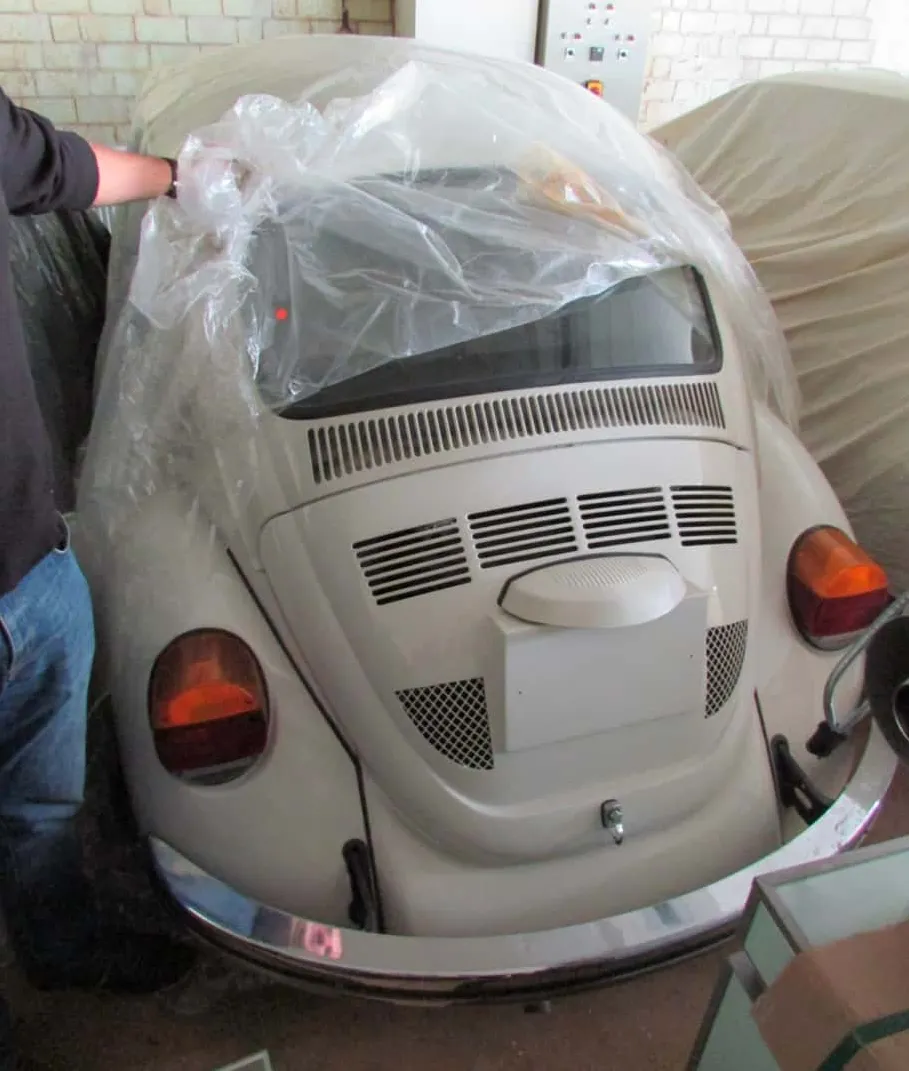
Despite all the modifications and technical feasibility, the Volkswagen decided do not continue with the water-cooled Beetle. Instead, he kept betting on the old engine. air boxer, adapting it to meet emissions and consumption requirements.
In the years 1990, Volkswagen tried to modernize the Beetle again. In Mexico, the model gained electronic injection and catalytic converter in 1991 and 1992, extending its production until 2003. In Brazil, the Beetle was relaunched in 1993, with the famous project Itamar, but kept the carburetors and the 1.6 air engine until it goes out of line in 1996.
The biggest change in the Brazilian production line was in Kombi, which in 2006 retired the air engine and adopted the EA111 1.4 flex. This model was manufactured until 2013, when new safety regulations determined the end of the Kombi in Brazil.
Water Beetle: Only in the New Generation
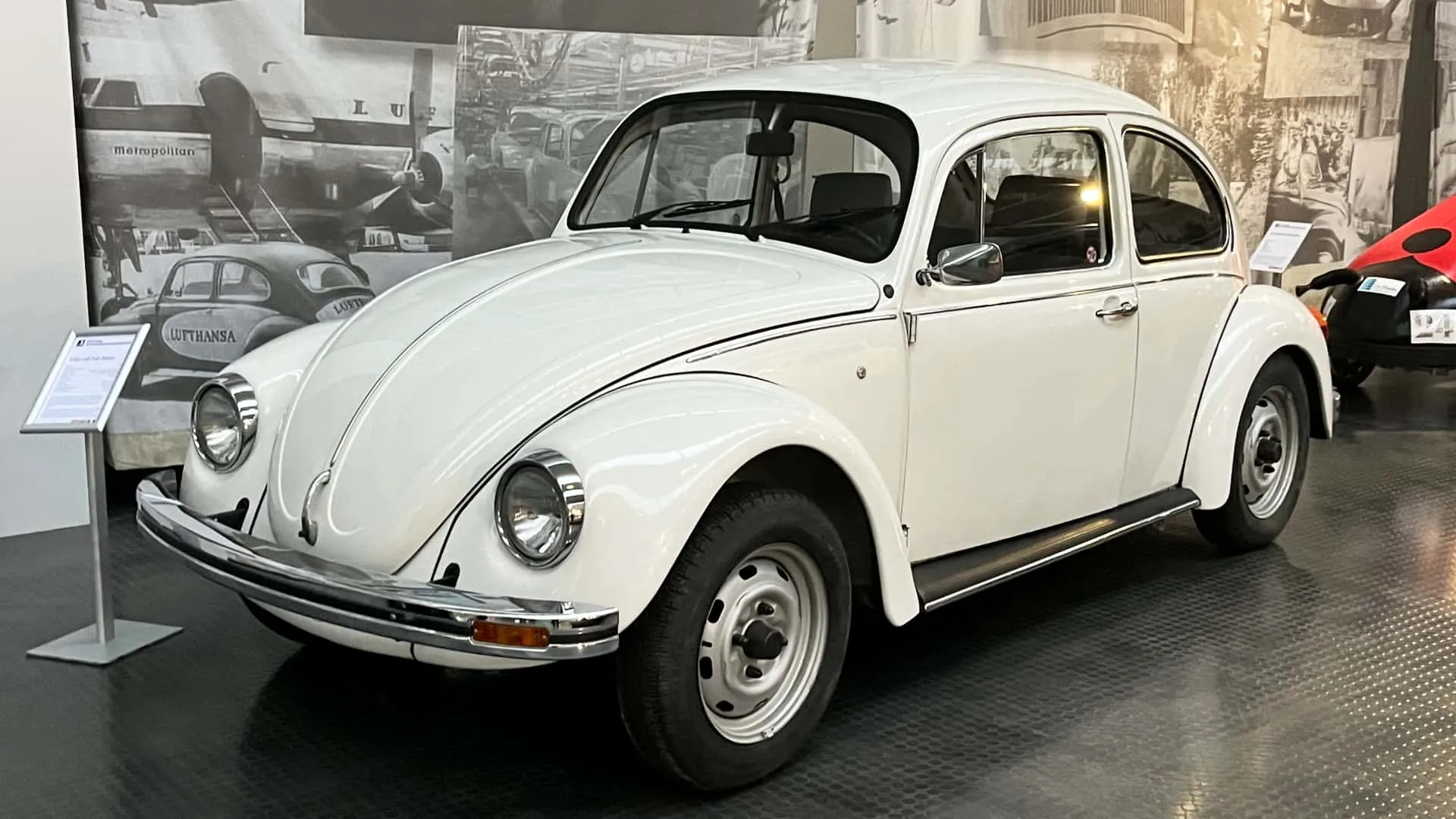
The closest we had to a water-cooled Beetle were the New Beetle (1997-2011) and Beetle (2011-2019), which were actually based on the Golf. With engines front and front wheel drive, these models were Beetles only in design, but without the traditional rear mechanics.
Conclusion
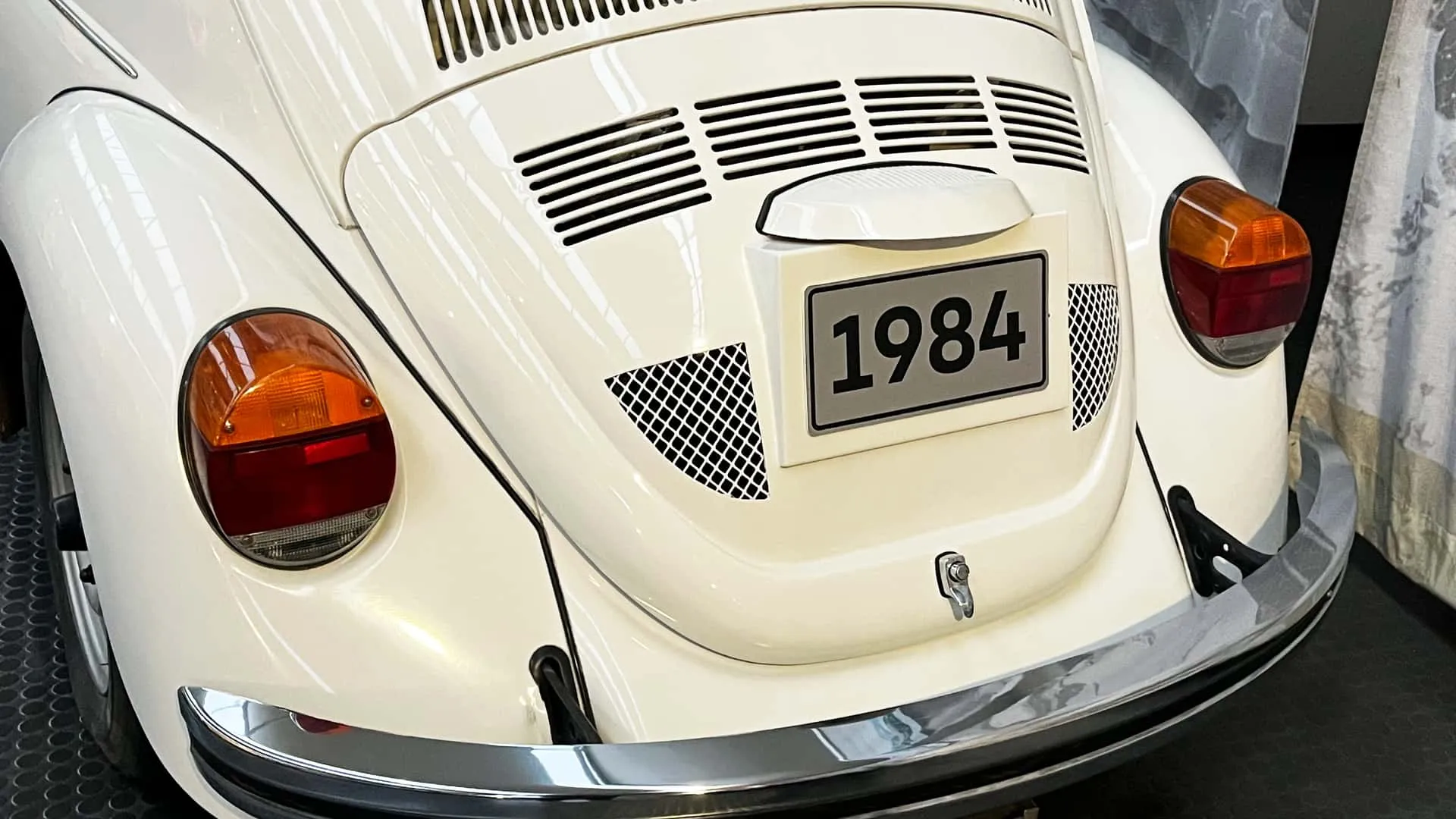
O Water-cooled Beetle could have been a reality, but the Volkswagen chose to maintain its original concept until the end. The EA111 engine adaptation project showed that it was possible to modernize the Beetle without compromising its identity, but technical challenges and strategic decisions led to the cancellation of the project.
Today, in 2025, the age of engines air cooled is already a thing of the past, but the Beetle remains an icon. Whether with engines combustion or electric, his legacy lives on among enthusiasts and collectors. If a beetle with a water-cooled engine never officially existed, at least we are sure that Volkswagen tested the idea, leaving a curious record in automotive history.
Who knows, maybe in the future we won't see one Electric Beetle with a rear engine, rescuing a bit of the spirit of the classic Beetle? After all, the passion for the Beetle never dies.

